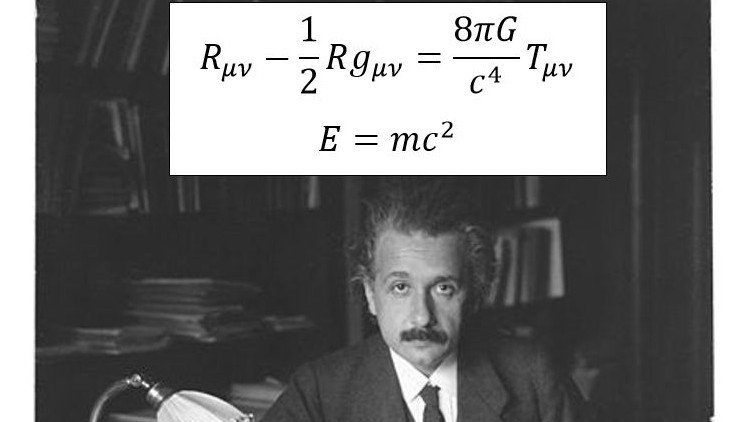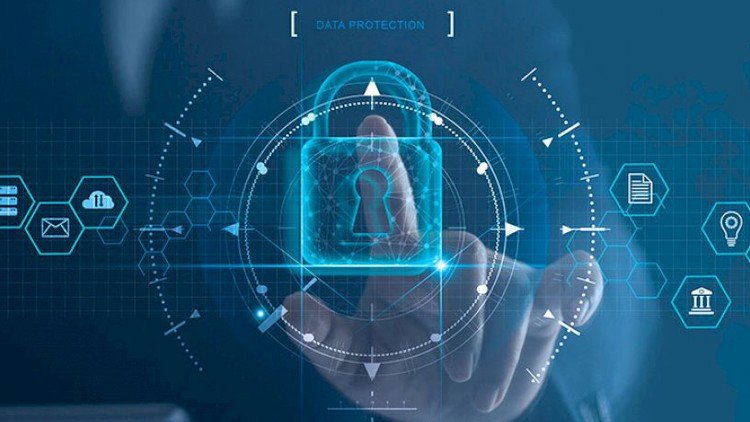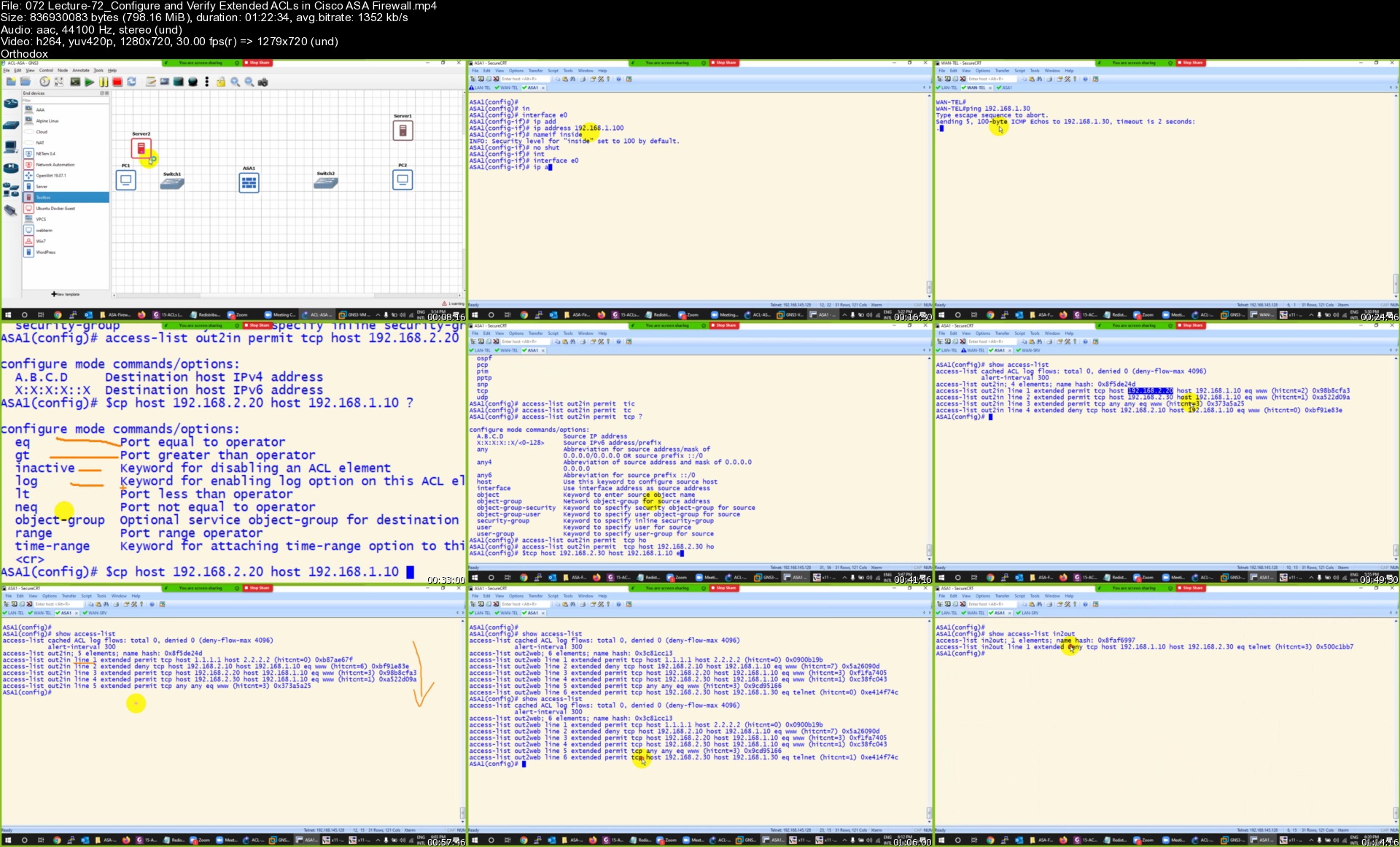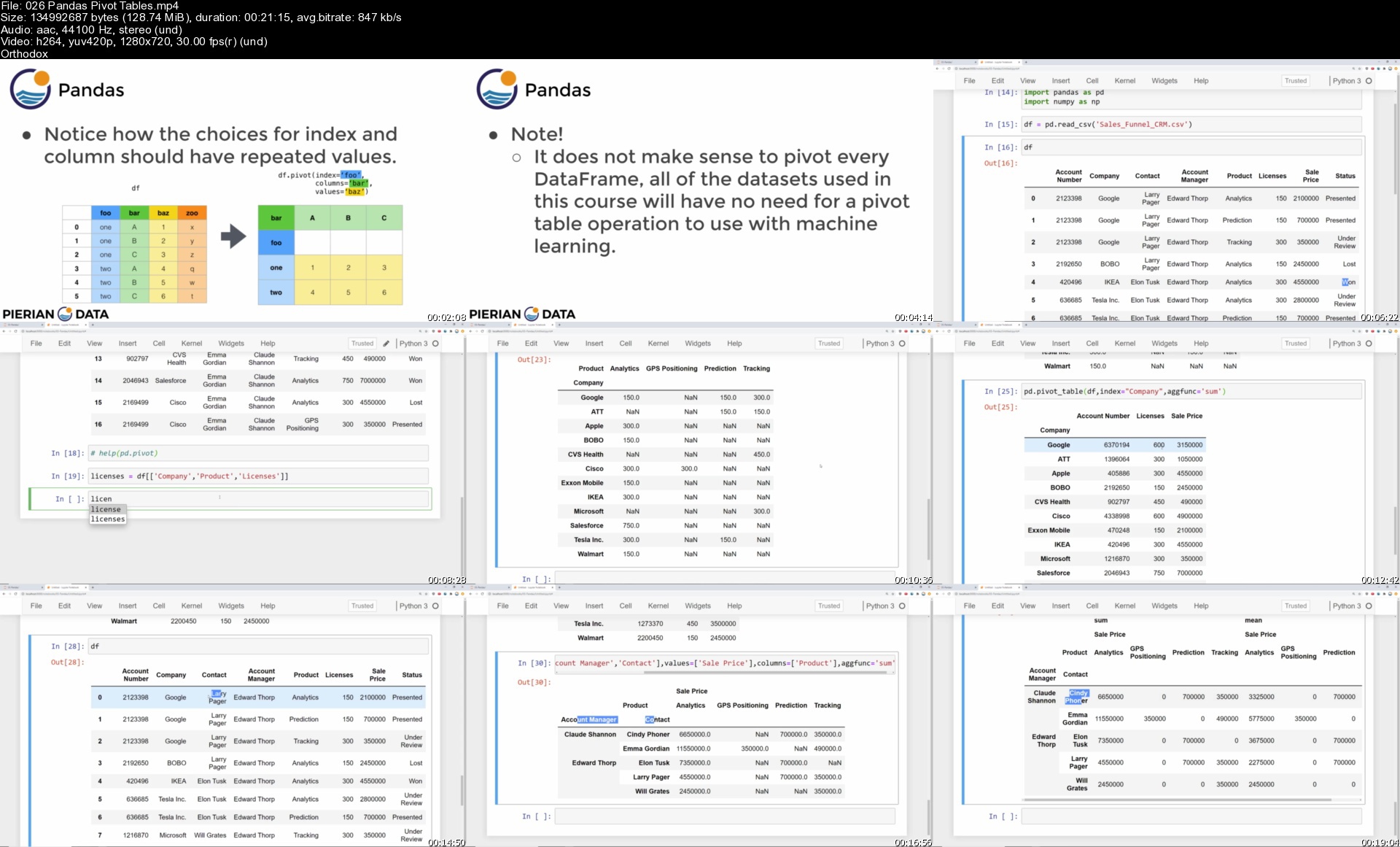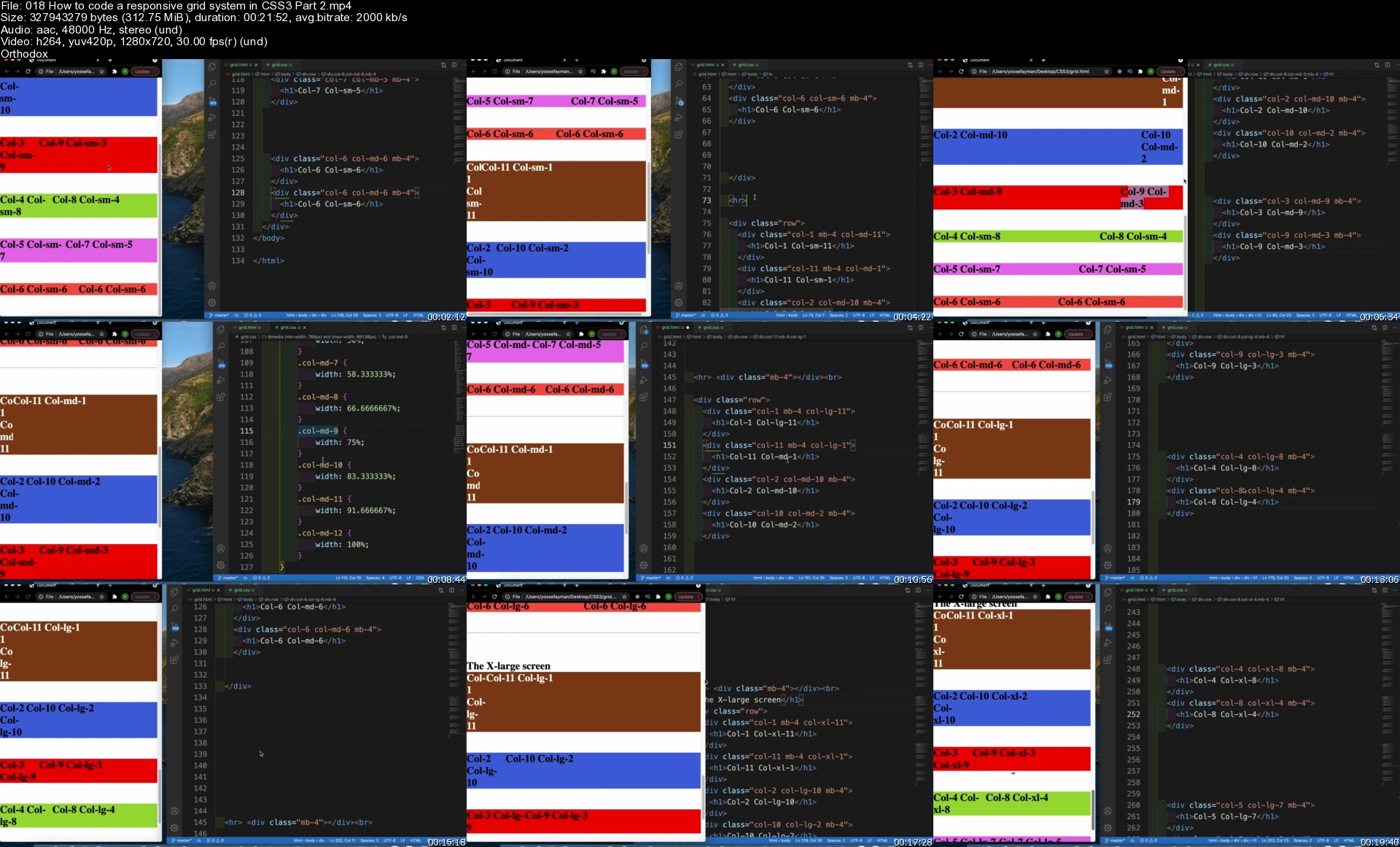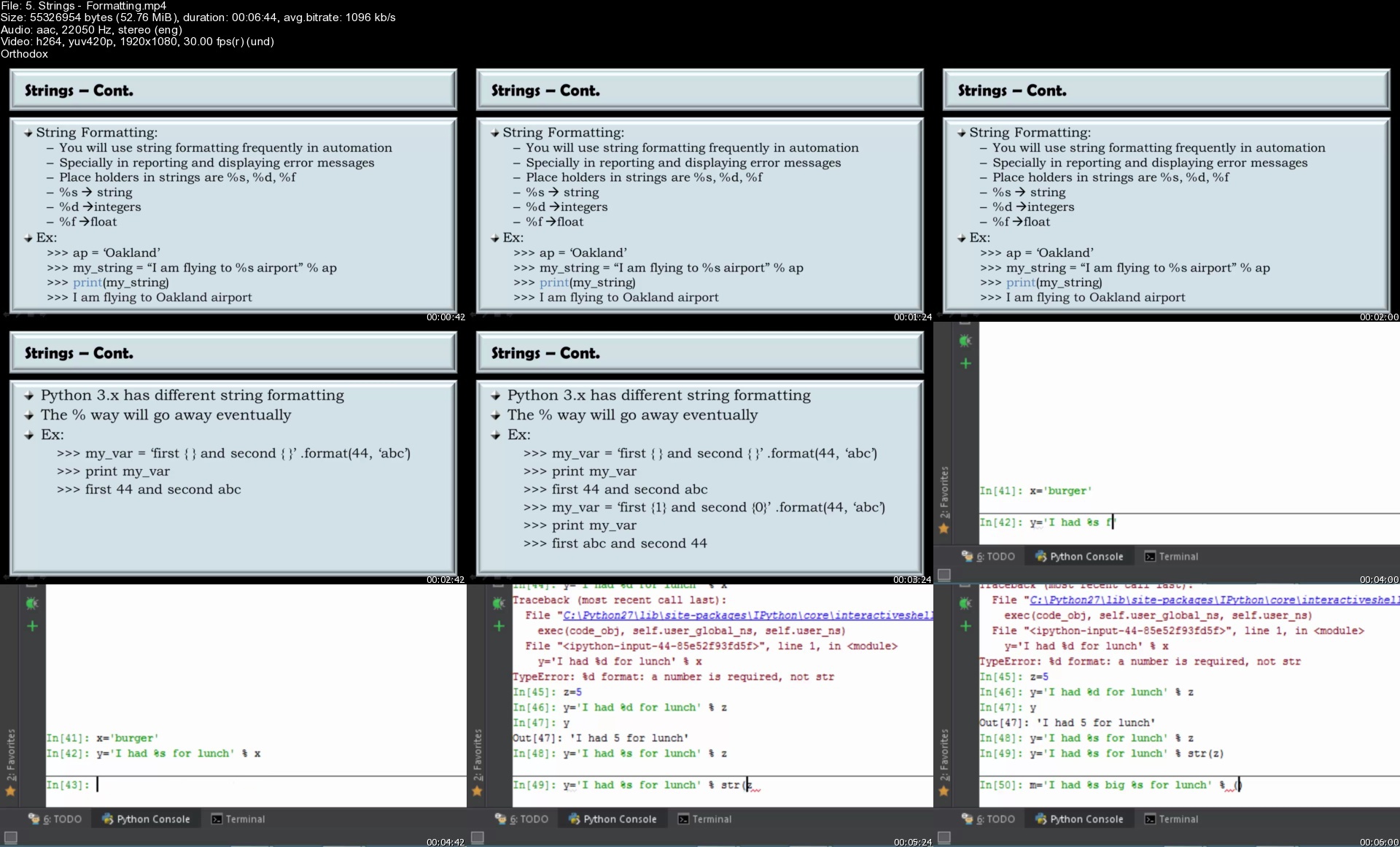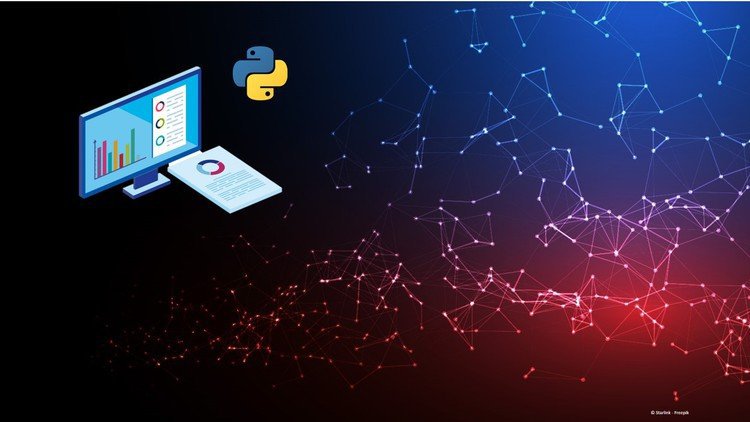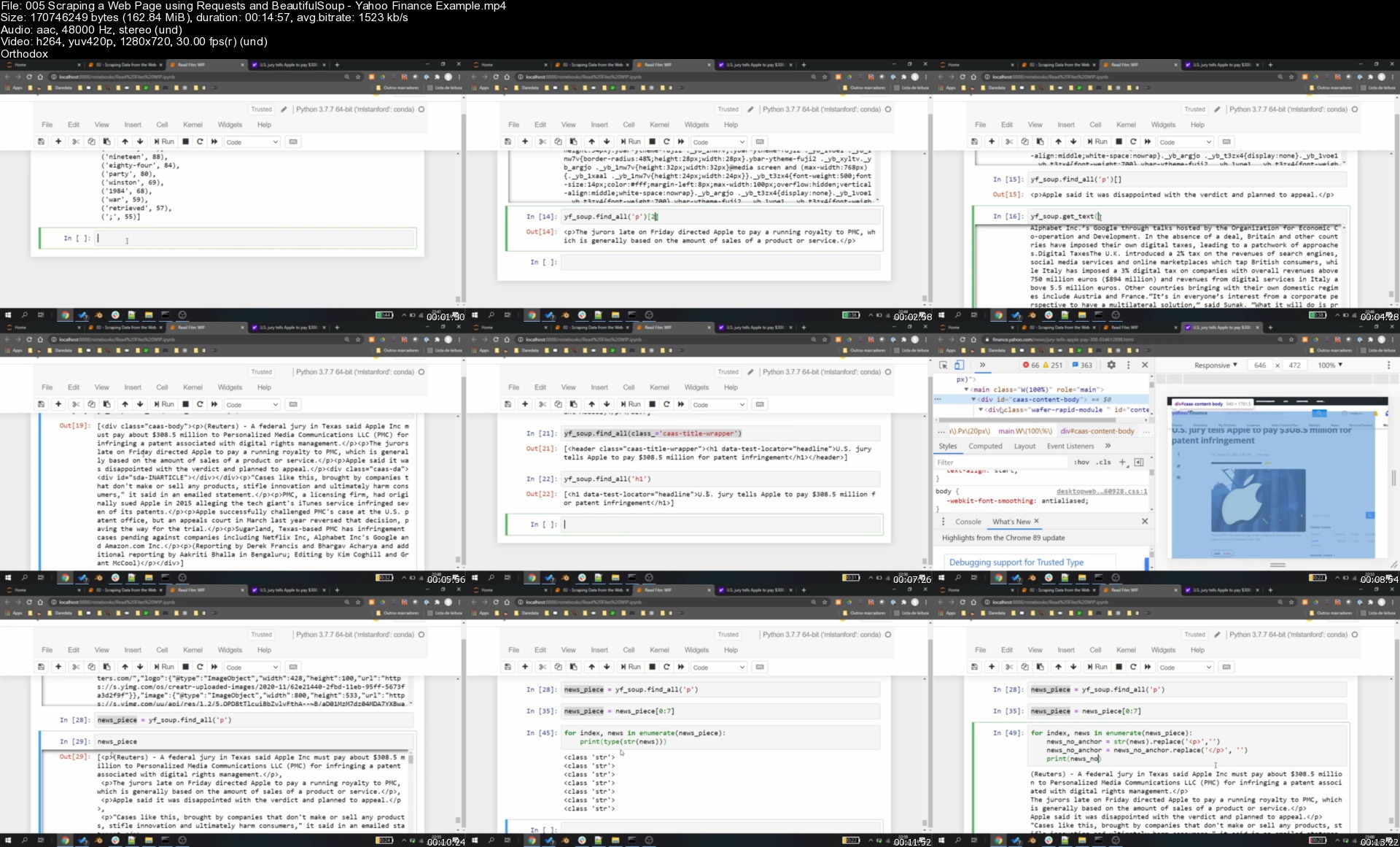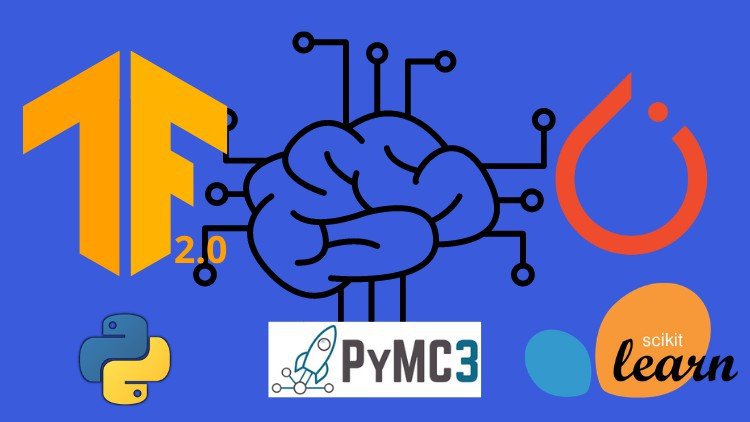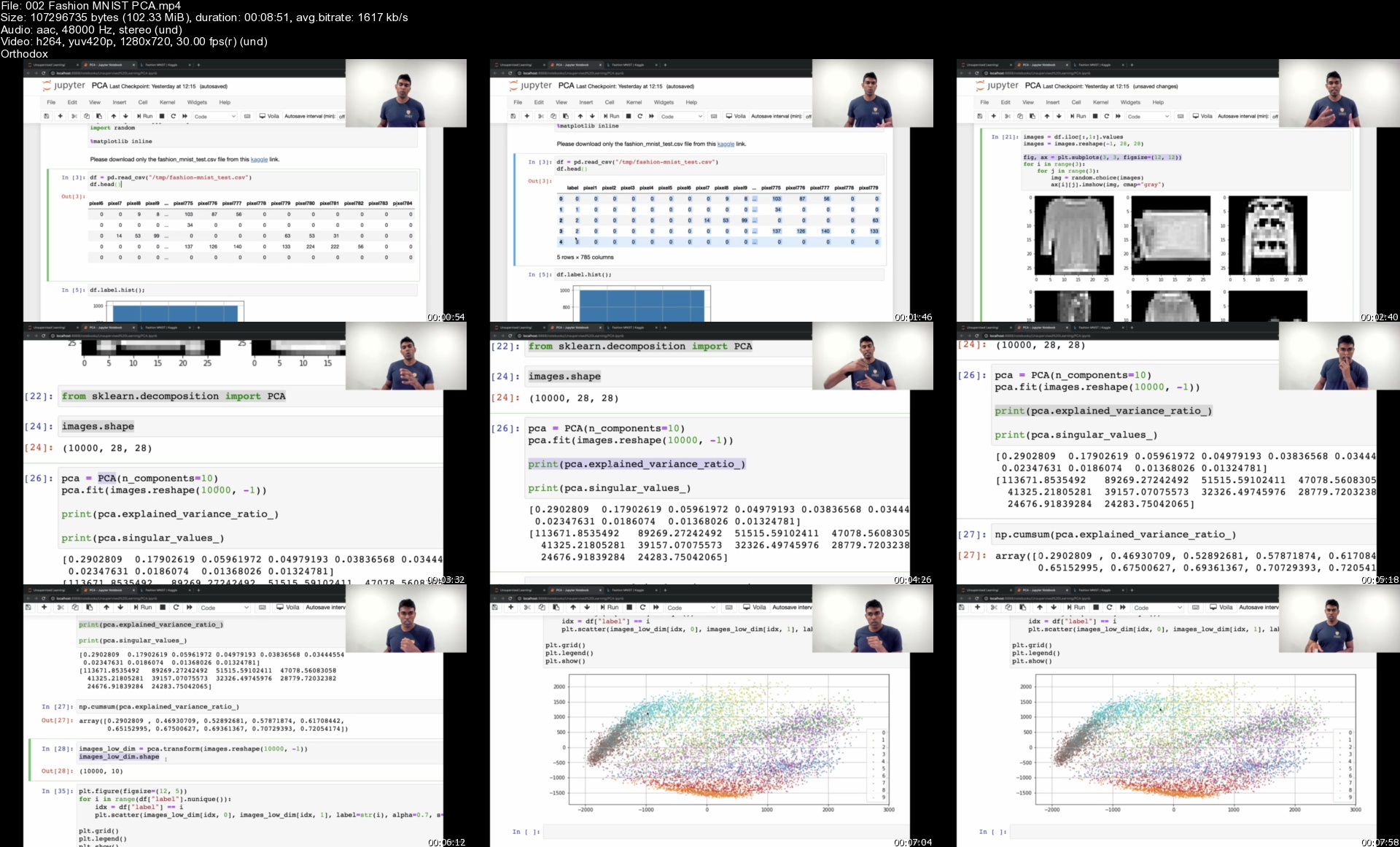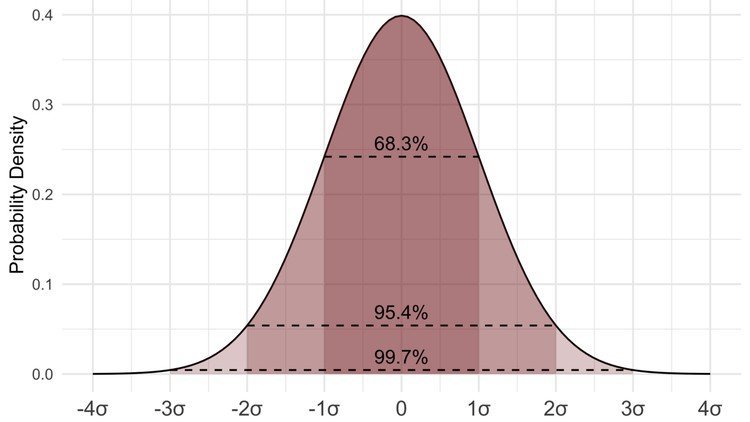React - The Complete Guide (incl Hooks, React Router, Redux)

React - The Complete Guide (incl Hooks, React Router, Redux)
MP4 | Video: h264, 1280x720 | Audio: AAC, 44.1 KHz, 2 Ch
Genre: eLearning | Language: English + srt | Duration: 487 lectures (48h 5m) | Size: 20.8 GB
Dive in and learn React.js from scratch! Learn Reactjs, Hooks, Redux, React Routing, Animations, Next.js and way more!
What you'll learn:
Build powerful, fast, user-friendly and reactive web apps
Provide amazing user experiences by leveraging the power of JavaScript with ease
Apply for high-paid jobs or work as a freelancer in one the most-demanded sectors you can find in web dev right now
Learn all about React Hooks and React Components
Requirements
JavaScript + HTML + CSS fundamentals are absolutely required
You DON'T need to be a JavaScript expert to succeed in this course!
ES6+ JavaScript knowledge is beneficial but not a must-have
NO prior React or any other JS framework experience is required!
Description
This course is the most up-to-date, comprehensive and bestselling React course on Udemy!
It was completely updated and re-recorded from the ground up in May 2021 - it teaches the very latest version of React with all the core, modern features you need to know!
---
This course also comes with two paths which you can take: The "complete" path (full >40h course) and the "summary" path (~4h summary module) - you can choose the path that best fits your time requirements!
---
React.js is THE most popular JavaScript library you can use and learn these days to build modern, reactive user interfaces for the web.
This course teaches you React in-depth, from the ground up, step by step by diving into all the core basics, exploring tons of examples and also introducing you to advanced concepts as well.
You'll get all the theory, tons of examples and demos, assignments and exercises and tons of important knowledge that is skipped by most other resources - after all, there is a reason why this course is that huge!
And in case you don't even know why you would want to learn React and you're just here because of some ad or "the algorithm" - no worries: ReactJS is a key technology as a web developer and in this course I will also explain WHY it's that important!
Welcome to "React - The Complete Guide"!
This course will teach you React.js in a practice-oriented way, using all the latest patterns and best practices you need. You will learn all the key fundamentals as well as advanced concepts and related topics to turn you into a React.js developer.
This is a huge course because it really covers EVERYTHING you need to know and learn to become a React.js developer!
No matter if you know nothing about React or if you already got some basic React knowledge (not required but also not a problem), you will get tons of useful information and knowledge out of this course!
My goal with this course is to ensure that you feel confident working with React, so that you can apply for React jobs, use it in your own projects or simply enhance your portfolio as a developer - whatever your goal is: This course gets you there!
I originally created this course in 2017 and I have kept it updated since that - redoing it from the ground up in 2021. And of course I'm dedicated to keeping this course up-to-date - so that you can rely on this course to learn React in the best possible way!
What's in this course?
A thorough introduction to React.js (What is it and why would you use it?)
All the core basics: How React works, building components with React & building UIs with React
Components, props & dynamic data binding
Working with user events and state to create interactive applications
A (thorough) look behind the scenes to understand how React works under the hood
Detailed explanations on how to work with lists and conditional content
React Hooks (in-depth)!
Working with built-in Hooks and building custom Hooks
How to debug React apps
Styling React apps with "Styled Components" and "CSS Modules"
Working with "Fragments" & "Portals"
Dealing with side effects
Class-based components and functional components
Sending Http requests & handling transitional states + responses
Handling forms and user input (incl. validation)
Redux & Redux Toolkit
Routing with React Router
An in-depth introduction into Next.js
Deploying React Apps
Implementing Authentication
Unit Tests
Combining React with TypeScript
Adding Animations
Tons of examples and demo projects so that you can apply all the things you learned in real projects
And so much more - check out the full curriculum on this page!
This really is the "Complete Guide" - promised!
And best of all?
You don't need any prior React knowledge!
This course starts with zero knowledge assumed! All you need is basic web development and JavaScript knowledge (though the course even includes a brief JavaScript refresher to ensure that we're all on the same page!).
Check out the full curriculum, the free preview videos and join the course risk-free thanks to the 30-day money-back guarantee!
Who this course is for
Students who want to learn how to build reactive and fast web apps
Anyone who's interested in learning an extremely popular technology used by leading tech companies like Netflix
Students who want to take their web development skills to the next level and learn a future-proof technology
Homepage
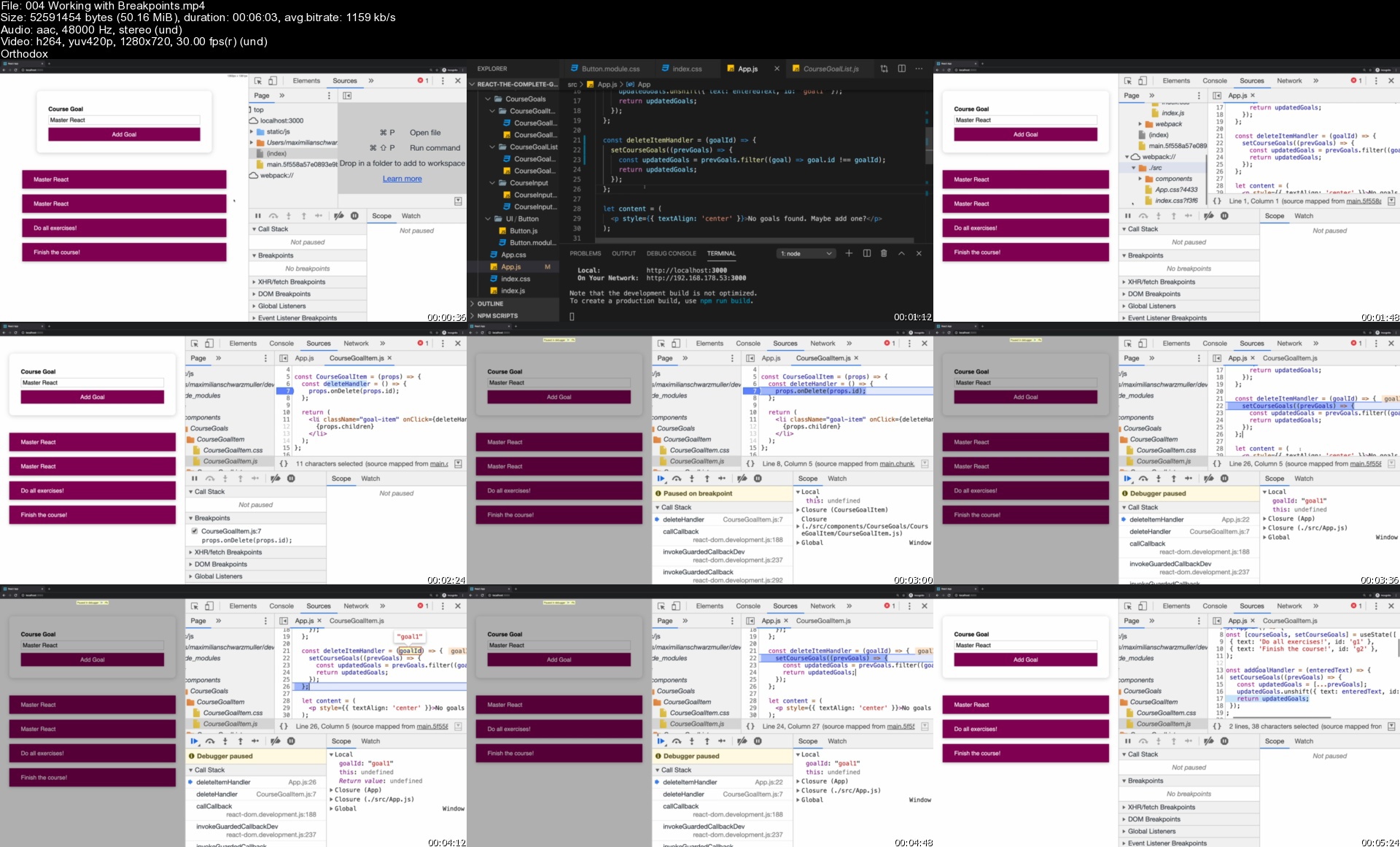

React - The Complete Guide (incl Hooks, React Router, Redux)
MP4 | Video: h264, 1280x720 | Audio: AAC, 44.1 KHz, 2 Ch
Genre: eLearning | Language: English + srt | Duration: 487 lectures (48h 5m) | Size: 20.8 GB
Dive in and learn React.js from scratch! Learn Reactjs, Hooks, Redux, React Routing, Animations, Next.js and way more!
What you'll learn:
Build powerful, fast, user-friendly and reactive web apps
Provide amazing user experiences by leveraging the power of JavaScript with ease
Apply for high-paid jobs or work as a freelancer in one the most-demanded sectors you can find in web dev right now
Learn all about React Hooks and React Components
Requirements
JavaScript + HTML + CSS fundamentals are absolutely required
You DON'T need to be a JavaScript expert to succeed in this course!
ES6+ JavaScript knowledge is beneficial but not a must-have
NO prior React or any other JS framework experience is required!
Description
This course is the most up-to-date, comprehensive and bestselling React course on Udemy!
It was completely updated and re-recorded from the ground up in May 2021 - it teaches the very latest version of React with all the core, modern features you need to know!
---
This course also comes with two paths which you can take: The "complete" path (full >40h course) and the "summary" path (~4h summary module) - you can choose the path that best fits your time requirements!
---
React.js is THE most popular JavaScript library you can use and learn these days to build modern, reactive user interfaces for the web.
This course teaches you React in-depth, from the ground up, step by step by diving into all the core basics, exploring tons of examples and also introducing you to advanced concepts as well.
You'll get all the theory, tons of examples and demos, assignments and exercises and tons of important knowledge that is skipped by most other resources - after all, there is a reason why this course is that huge!
And in case you don't even know why you would want to learn React and you're just here because of some ad or "the algorithm" - no worries: ReactJS is a key technology as a web developer and in this course I will also explain WHY it's that important!
Welcome to "React - The Complete Guide"!
This course will teach you React.js in a practice-oriented way, using all the latest patterns and best practices you need. You will learn all the key fundamentals as well as advanced concepts and related topics to turn you into a React.js developer.
This is a huge course because it really covers EVERYTHING you need to know and learn to become a React.js developer!
No matter if you know nothing about React or if you already got some basic React knowledge (not required but also not a problem), you will get tons of useful information and knowledge out of this course!
My goal with this course is to ensure that you feel confident working with React, so that you can apply for React jobs, use it in your own projects or simply enhance your portfolio as a developer - whatever your goal is: This course gets you there!
I originally created this course in 2017 and I have kept it updated since that - redoing it from the ground up in 2021. And of course I'm dedicated to keeping this course up-to-date - so that you can rely on this course to learn React in the best possible way!
What's in this course?
A thorough introduction to React.js (What is it and why would you use it?)
All the core basics: How React works, building components with React & building UIs with React
Components, props & dynamic data binding
Working with user events and state to create interactive applications
A (thorough) look behind the scenes to understand how React works under the hood
Detailed explanations on how to work with lists and conditional content
React Hooks (in-depth)!
Working with built-in Hooks and building custom Hooks
How to debug React apps
Styling React apps with "Styled Components" and "CSS Modules"
Working with "Fragments" & "Portals"
Dealing with side effects
Class-based components and functional components
Sending Http requests & handling transitional states + responses
Handling forms and user input (incl. validation)
Redux & Redux Toolkit
Routing with React Router
An in-depth introduction into Next.js
Deploying React Apps
Implementing Authentication
Unit Tests
Combining React with TypeScript
Adding Animations
Tons of examples and demo projects so that you can apply all the things you learned in real projects
And so much more - check out the full curriculum on this page!
This really is the "Complete Guide" - promised!
And best of all?
You don't need any prior React knowledge!
This course starts with zero knowledge assumed! All you need is basic web development and JavaScript knowledge (though the course even includes a brief JavaScript refresher to ensure that we're all on the same page!).
Check out the full curriculum, the free preview videos and join the course risk-free thanks to the 30-day money-back guarantee!
Who this course is for
Students who want to learn how to build reactive and fast web apps
Anyone who's interested in learning an extremely popular technology used by leading tech companies like Netflix
Students who want to take their web development skills to the next level and learn a future-proof technology
Homepage








